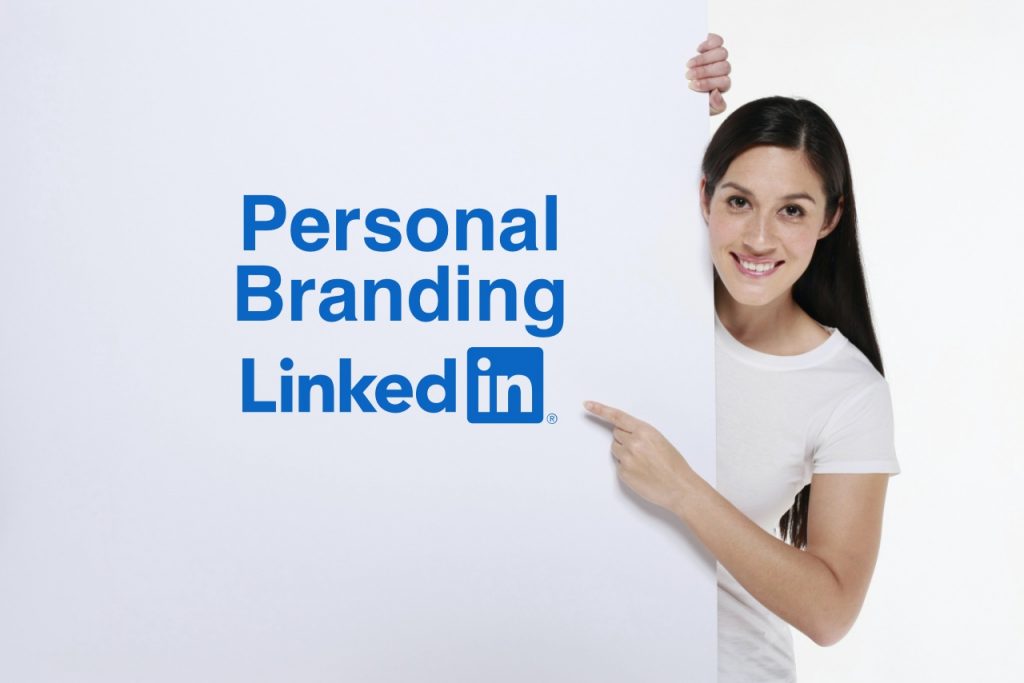Your personal brand is how you carry yourself and what you do in the world, so you might as well take control of it. So here’s how to build your personal brand on LinkedIn, one of the most powerful platforms for people who are serious about their careers.
LinkedIn Personal Branding
When creating an online profile on LinkedIn, which strategy should everyone use? For example, if a brand manager wanted to use LinkedIn to promote their brand, the best option would be.
Run Through the Profile Checklist
The very first thing you need to do is optimize your LinkedIn profile. You need a foundation if you’re building a brand on this platform. And a solid profile can be that foundation for you. LinkedIn University has a very helpful profile checklist to help you get the most out of your profile. Here are the main aspects of your profile they say you need to complete.
Photo
Obviously, you need a photo on your LinkedIn profile, but here are some dos and don’ts of what kind of picture to use.
DO wear a nice top DON’T use a photo that involves cropping out another person DO smile DON’T use a distracting background DO use a photo that you’d be proud to show any potential employer
Headline
This is where you tell people what excites you and what you plan to do going forward. For example, list what you are or what you do and your seniority level.
Summary
Your summary describes what motivates you, what skills you have, and what you are looking for in your next position. It should be direct, clear, professional, and passionate.
Experience
In the Experience section, list what positions you’ve had (even part-time jobs) and mention the things you accomplished at each one. If possible, include photos, videos, or another type of file showing the work you completed.
Organizations
If you’ve joined any clubs, groups, or schools other than your alma mater, this is where you list them. Describe what you did at each organization, your accomplishments, and what you learned.
Education
Not only should you list your alma mater, but you should also list any summer programs, internships, or online courses you’ve completed. State your grade, score, or outcome for each.
Volunteer Experience & Causes
Just because you weren’t paid for a job doesn’t mean you can’t list it. Including your volunteering experience on your profile shows people you’ll go above and beyond for the causes you care about.
Skills & Expertise
Add at least five skills that are key to what you do. Once you do this, your connections can endorse you for those skills, showing everyone else that you have some real expertise.
Honors & Awards
Even though you don’t work for the awards, it’s great when people recognize your talent. And people like to see that others think you’re great.
Recommendations
This is one of the most important sections of your profile. If you can get current and former managers, professors, classmates, and coworkers to leave a review of you, that’s great news. There’s nothing like a personalized recommendation to boost your credibility.
Projects
Do you have any projects that don’t fit into these other sections? List them under Projects, making sure you state what your role was, what you accomplished, and how you made a positive impact.
Leverage Technology for Your Brand
What professional items do you still need to develop to balance your brand fully? There are plenty of other technologies that can work well with your LinkedIn presence and help build your brand. Here are a few of them.
WordPress or Blogger
Having your own blog is a major player in brand-building. You have more space to share your worldview, and readers know what they’re getting into. You can automatically send your blog posts to LinkedIn or copy/paste an abridged version as a LinkedIn post. The two big blogging platforms right now are Blogger and WordPress. If you’re just starting out, Blogger is probably the better option. However, if you plan to grow your blog and want to use a platform you can stick with for a while, WordPress is the way to go. Either way, blogging is an effective way to grow your personal brand.
Film videos
Like blogging, YouTubing is a way to share your perspective and personality. After you shoot the video and upload it to YouTube, you can also upload that video directly to LinkedIn — it will perform better if it’s an organic video rather than a link to YouTube. There’s nothing like video to connect with an audience. When people can see and hear you talk, they get a better idea of who you are. And “who you are” is your personal brand. In order to create and grow your YouTube channel, here’s what you’ll need to do.
A graphic design tool
A huge part of branding is your image. What photos and graphics do people associate with you? That’s why it’s so important to have an easy-to-use graphic design tool that also helps you make good-looking images. And there are so many free options. Some of the best online graphic design tools include VistaCreate, Canva, Giphy, and Visme. You can then use the graphics you’ve made to customize your LinkedIn profile, giving your brand a unique look.
Send Cold Emails with Irresistible Content
You might’ve thought people don’t use cold emails anymore. But that’s not at all true. People who are building personal brands will find cold emails to be super powerful. However, there is a right and wrong way to send a cold email. So here’s a five-step process for doing it the right way.
Use a targeted lead list
Before sending a single email, you need a solid list of leads. This ensures you’re connecting with the right people in a way that fits your personal brand. LinkedIn Sales Navigator is the best way to find the right people to email. It’s a premium account that has many extra features, including the Advanced Search option. Advanced Search allows you to find specific people using filters like interests, industry, job title, and keywords. And with Sales Navigator, you can add those people to your own organized lead list.
Get the email addresses
From there, you can extract the LinkedIn users’ email addresses and start contacting them. This way, you can be sure they’ll want to connect. LinkedIn does have its own messaging system called InMail, but email may be a better option. InMail limits you to 20 messages per month and 300 characters per message. But email has no limits. And by using Sales Navigator, you can easily export the email addresses and names of every person on your lead list.
Personalize every email
This is where cold emails win. You can personalize each email because you can find specific people who will be interested in what you have to say. There’s even a test that proves this. Jon Youshaei from EveryVowel and Shane Snow from Contently conducted a cold email test to see what role personalization plays. Out of the 707 successfully delivered emails they sent, 45.5% were opened. To give you some context, that’s double the open rate of a mass email, according to stats from MailChimp and ConstantContact. And the key to this success was personalizing every email. “The common advice about the little things you can do to optimize cold email is all moot without one thing — personalization,” writes Snow. Here are some tips for how you can write a more personalized email:
Use the person’s first name in the greeting Reference one of their accomplishments Mention a piece of work they created or shared Give them a compliment
Deliver irresistible content
Cold emailing doesn’t start with selling. Really, cold emails are about adding value, whether or not the person ends up buying anything from you. However, adding value is helpful to the recipient and rewarding for you, and it does increase the chances they’ll want to work with you or buy your product. So how do you add value? Here are some ideas:
Share a free resource that pertains to what you know about them Offer a free trial of your product/service, no strings attached Ask their opinion of something you know they care about
Make it quick
All of us are a bit strapped for time. But this is especially true of people looking to get ahead — people who actively use LinkedIn. So in your cold emails, get to your point. Don’t go on and on — people don’t have time for that. Introduce yourself. Thank or compliment them for something. Tell them why you’re emailing. And then ask them their opinion or if they want the free resources, you’re offering. Make it short-and-sweet.
Join LinkedIn Groups
The last way you can build your personal brand using LinkedIn is with groups. This is where you can actually get personal. You can join a conversation, ask questions, and offer insight. Here’s how you can find a LinkedIn group: LinkedIn also recommends groups to you based on what info you’ve put on your profile. Here’s how to find the recommended groups: Once you join a group, introduce yourself and maybe ask a conversation-starting question. Because to build your personal brand, you have to get personal with the people in your network.

